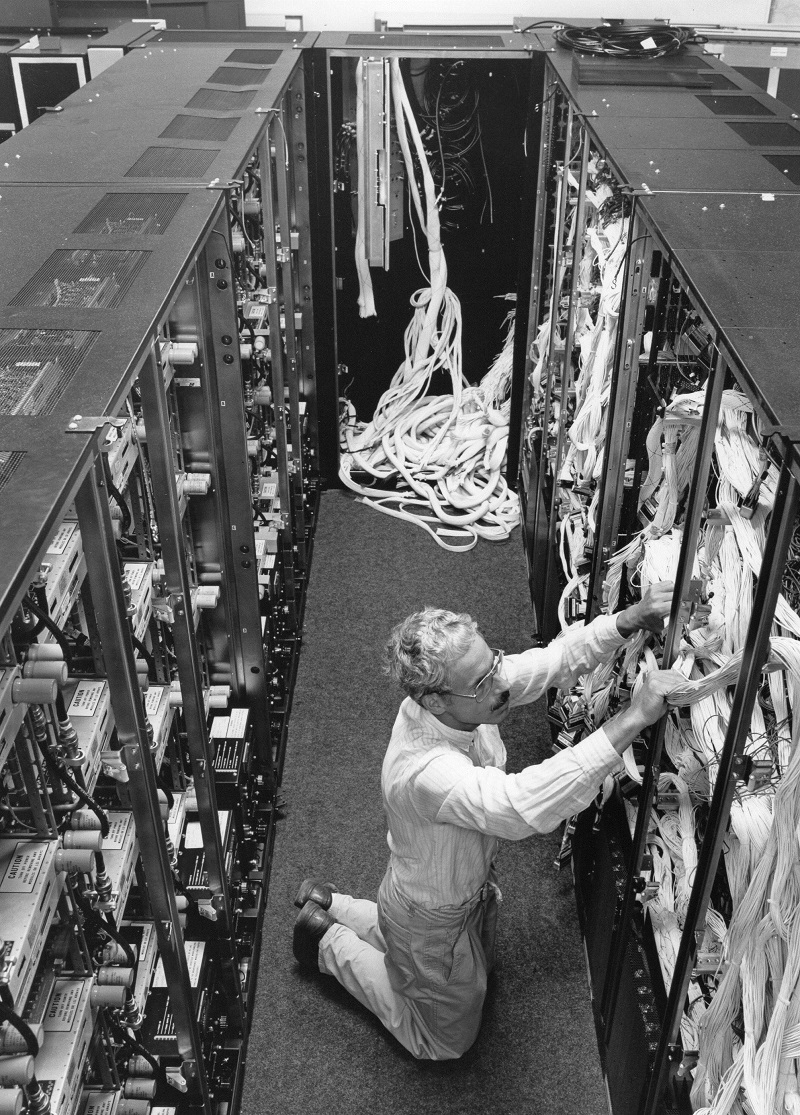

| The future of energy |
Our consciousness is a very usefull property however it's side-effect is doubt and uncertainty.
For that reason experts show up in the TV news to predict the consequences of reported events.
At young age I eagerly read the papers of futurologists.
Around 1975 the expectation was that in the year 2000 mankind would pass time singing and dancing,
robotized factories would take care of our material needs.
Fourty years later, this did not come true. My children do not work less than I did.
Can an oculist predict in 1975 that he would use lasers in 1990?
We demand outlooks from experts, but a second grade pupil may speak with equal authority.
The transistor was evented when I was three years old.
At the age of fifteen I bought transistors in dump stores to build radios an amplifiers for friends and family.
Later I joined the Control Data Corporation for which I worked 25 years installing and maintaining
mainframes at universities and other scientific data centers in the Netherlands.

During that time we frequently filosophized about the future of computers.
In that days, scientific research was heavely enriched with computer applications for the sake of subsidies.
CDC launched the first parallel processor performing multiple arithmetic operations at the same time. (CDC6600)
The expectation was, that the world would need no more than ten of such machines with enormous processing power.
In the following eighties the first processor-on-a-chip was manufactured.
A "Scientific American" article wondered about the applications.
Later, two visions emerged.
The first believed that the "old" mainframe would stay as number cruncher.
Note, that mainframes were 7 feet in height, occupied a large room and required a basement with cooling
equipment and generators.
The second vision foresaw hundreds of microprocessors together delivering more computer power
at lower costs than an expensive mainframe.
Arrays of microprocessors were the future. Exit mainframe.
Opponents argued that a fleet of delivery vans never could handle the load of a big truck.
We now know what really happened.
Both visions were wrong.
Right, the present supercomputers count over thousand processors.
They also fill a large room.
But each processor now equals a miniaturized mainframe!
Also not foreseen was the giant increase in memory capacity.
As a result, computer power is lacking capacity to process the massive amounts of data stored
in scientific experiments.
After this look at the development of micro electronics, we wonder about the future of energy generation.
Big confusion and uncertainty dominates this field.
The present trend, inspired by environmentalists, is energy reduction and space gulping technology.
The sentiments are anti-industrial, the envisioned ideal is a bottom-up movement of consumers
generating their own energy by solar panels or participating in local windmills.
The electrical power stations are comparable with computer mainframes.
In this respect, solar panels are the micro processors.
Who will be the winner? Again, none I suppose.
In analogy with the chips revolution I predict further miniaturisation.
Separate from the big energy companies, innovative entrepreneurs have evolved
such as Trans Atomic Power working on a thorium molten salt reactor.
These reactors need little space and generate enormous amounts of energy.
Also they can burn waste of old nuclear reactors or obsolete nuclear weapons.
The nuclear waste of a molten salt reactor is one thousandth of a current reactor type
and by absence of plutonium this waste is only dangerous for 300 years.
The reactor is not pressurised, it cannot explode so may be installed close to the consumer.
They almost eliminate the need for a grid, saving billions.
Another but less distant promise is the development of small fusion reactors.
In the comparison of electric power stations with computer mainframes, a windmill is an abacus.
A common characteristic of progress is compactness and less dependence on land and nature.
Will we encounter a future with less energy? Of course not.
Just as the arrival of the microprocessor (what to do with it) we may wonder
what to do with more and cheaper energy from the next generations of nuclear technology.
But I trust human ingenuity to develope interesting applications.
An abundance of energy will create a better world:
processing waste to become a resource, which saves and protects nature.
Building multilevel cities as we see in science fiction movies like Star Wars.
Using underground transportation systems, again saving nature for trees and animals.
Multilevel greenhouses, vegetables growing under LEDs, less dependence on nature.
Factories producing artificial meat, making cows and chicken farms superfluous.
Cheap and abundant energy makes this possible.
The rejection of progress happens all the time.
The future will also know Amish like enclaves where people use windmills and solar panels.
Several open air museums already exist and certainly are worth a visit.
The first transistor radios were advertised as “6 transistors! “
In 2050 our cities present themselves stating: “6 thorium reactors” !

